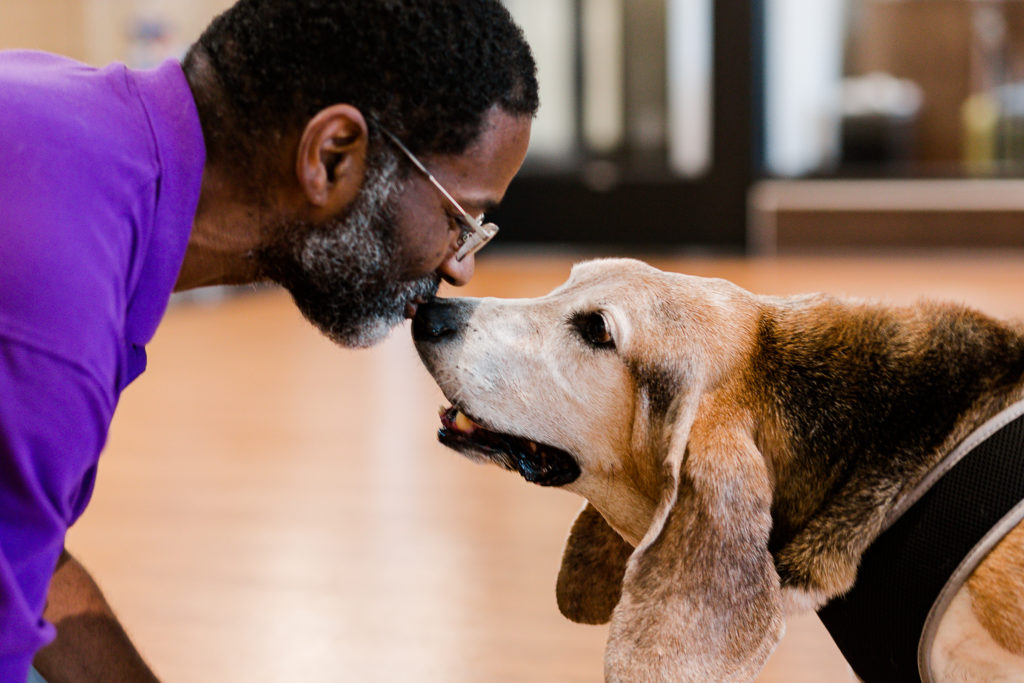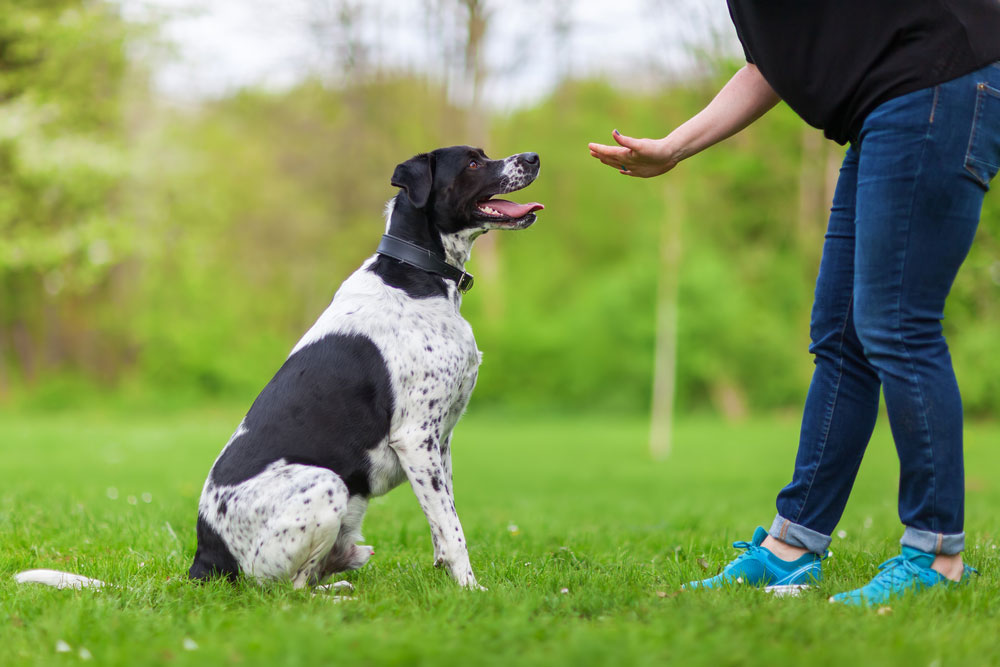
Owning a dog is an exciting and rewarding experience, but it also comes with certain challenges, especially for first-time dog owners. One of the key aspects of ensuring a harmonious relationship with your furry friend is dog training.
Training your dog not only helps them become well-behaved companions but also strengthens the bond between you and your pet.
This article aims to provide you with easy and essential tips to kick-start your dog training journey.
Page Contents
Understanding Your Dog Behavior and Needs

Our four-legged companions possess unique behaviors and needs that require our attention and understanding as responsible pet owners. By comprehending their behavior, we can foster a deeper connection with them while ensuring their well-being.
Canines communicate through various gestures, barks, and body language, indicating their emotions and intentions. Observing and interpreting these cues allows us to decipher their needs accurately.
Engaging in regular exercise and mental stimulation is crucial for our furry friends to expend their energy, preventing behavioral issues caused by boredom or frustration.
Similarly, providing a balanced and nutritious diet specific to their breed, age, and health condition supports their overall health and vitality.
Establishing a consistent routine and clear boundaries aids in shaping desirable behaviors and ensuring a harmonious household. Patience, positive reinforcement, and gentle correction are significant aspects of effective dog training, aimed at building trust, respect, and confidence.
By investing time and effort in understanding our beloved dogs, we can work together towards a happy and fulfilling relationship filled with tail wags and endless love.
Establishing a Positive Bond with Your New Dog

Building a strong and nurturing relationship with your furry companion begins with creating a loving and trusting environment. Patience and understanding are key as you and your new dog navigate through the initial adjustment period.
Spend quality time together, engaging in activities that promote bonding, such as gentle grooming sessions or playtime filled with joyous laughter.
Remember to communicate your affection through gentle petting, soothing words, and treats.
As you embark on this shared adventure, it is essential to remain consistent in your approach, providing clear boundaries and rewarding good behavior.
Be attuned to your dog’s needs, observe their unique personality traits, and adapt your training methods accordingly.
Remember, building this positive bond will not only enhance your dog’s overall well-being but also enrich your life with immeasurable love and loyalty.
Basic Commands and Communication Techniques

Basic Commands and Communication Techniques are essential components of dog training for first-time dog owners. Establishing clear communication with your furry friend is key to building a strong bond and ensuring their safety.
Begin by teaching your dog simple commands such as sit, stay, and come. These commands provide the foundation for obedience and will help you maintain control in various situations.
Repeat these commands consistently, using a firm yet gentle tone and rewarding your dog with treats or verbal praise for successful execution.
Additionally, it is crucial to learn how to effectively communicate with your dog through body language and positive reinforcement.
Pay attention to their signals and expressions to better understand their emotions and needs.
By being patient, and consistent, and using positive techniques, you can lay a strong foundation for your dog training journey.
Common Behavior Problems and How to Address Them

Common behavior problems can arise when you welcome a new furry friend into your home, but fret not, as there are effective ways to address them.
Whether it’s excessive barking, chewing on furniture, or potty accidents, these issues can be tackled with patience and proper training.
To address excessive barking, identify the root cause, such as boredom or anxiety, and implement distractions or engage them in interactive play.
When dealing with destructive chewing, provide appropriate chew toys and redirect their attention whenever they target your belongings.
For potty accidents, establish a consistent routine, reward good behavior, and supervise closely during the transitional phase.
With time, patience, and these simple tips, you can resolve common behavior problems and foster a harmonious relationship with your canine companion.
Conclusion

In conclusion, dog training is an essential aspect of being a responsible and loving dog owner. Remember to be patient, and consistent, and use positive reinforcement techniques to encourage good behavior.
For those residing in Greenwood, seeking professional assistance from Dog Training Greenwood can be an invaluable resource to further enhance your dog training and overall well-being.































